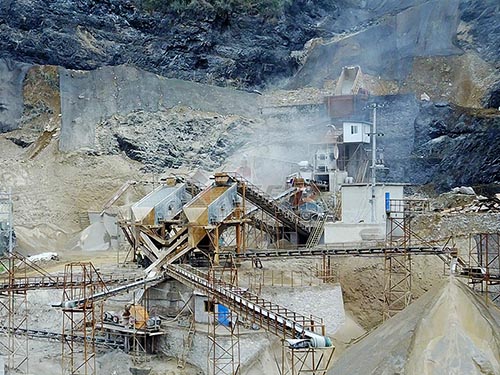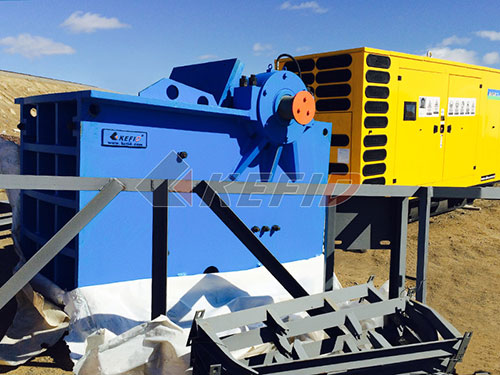The Essential Guide to Aggregate Crushers: Mastering Crushing Operations & Leveraging Knowledge Resources
The relentless demand for high-quality construction aggregates – crushed stone, sand, and gravel – forms the bedrock of modern infrastructure development worldwide. At the heart of producing these vital materials lies the aggregate crusher plant: a complex interplay of machinery where raw rock is transformed into precisely sized fractions essential for concrete production, road bases, asphalt mixes, and countless other applications. While hands-on experience is invaluable in this demanding field, comprehensive knowledge resources remain indispensable for optimizing operations and ensuring safety and profitability.
Understanding Aggregate Crushing Fundamentals

Aggregate crushing is far more nuanced than simply breaking large rocks into smaller pieces. It’s a science governed by geology (rock hardness/abrasiveness), physics (compression/impact forces), and engineering principles:
1. The Crushing Stages: Modern plants typically employ a multi-stage process:
Primary Crushing: Large excavators or loaders feed massive rocks (often >1 meter diameter) into primary crushers like jaw crushers or large gyratory crushers designed for brute force reduction.
Secondary Crushing: Output from the primary stage undergoes further size reduction using cone crushers or impact crushers (horizontal shaft impactors – HSI). This stage focuses on achieving intermediate sizes suitable for final processing.
Tertiary/Quaternary Crushing: Cone crushers or vertical shaft impactors (VSI) refine material further to produce specific shapes (cubicity) and precise gradations required by end-product specifications.
Screening: Integral at every stage! Vibrating screens separate crushed material into different size fractions after each crushing step (“closed-circuit crushing”). Oversize material is recirculated back into the same crusher (“closed circuit”), while correctly sized material moves forward.
2. Crusher Types & Their Applications:
Jaw Crushers: Workhorse primary units utilizing compressive force between fixed and moving jaws (“nip angle”). Ideal for hard rock; produces somewhat flaky product.
Gyratory Crushers: Similar principle to jaw but continuous action; higher capacity primary units suited for large-scale operations feeding directly from mines/quarries.

Cone Crushers: Versatile secondary/tertiary units using compression within a fixed bowl liner and a gyrating mantle liner (“eccentric”). Excellent control over product size/shape via adjustable closed-side setting (CSS).

Leave a Reply